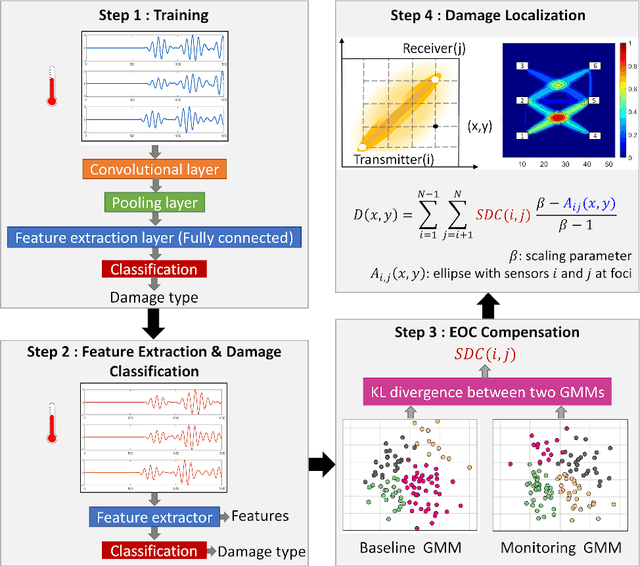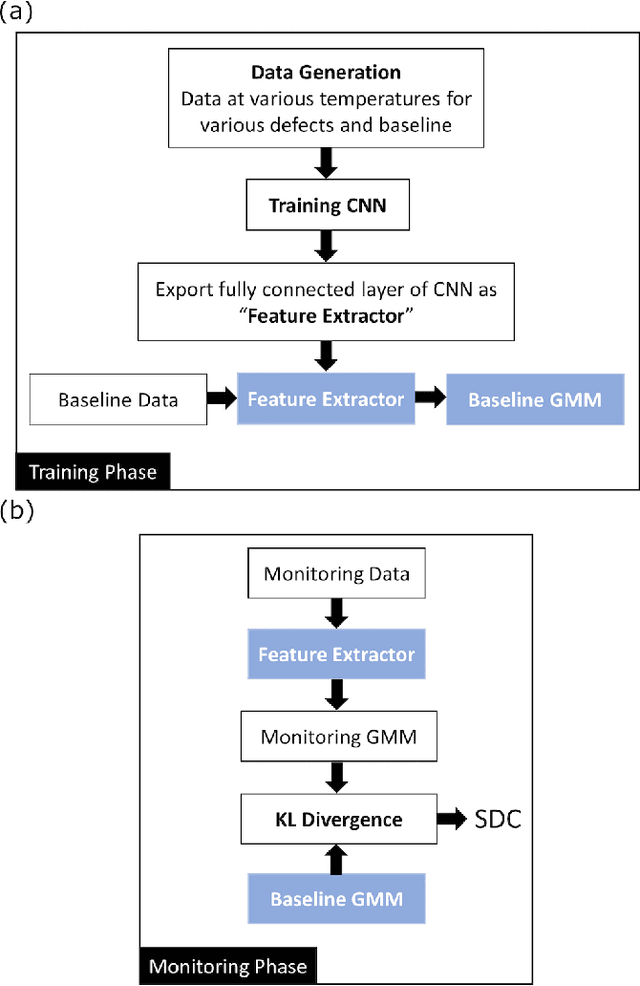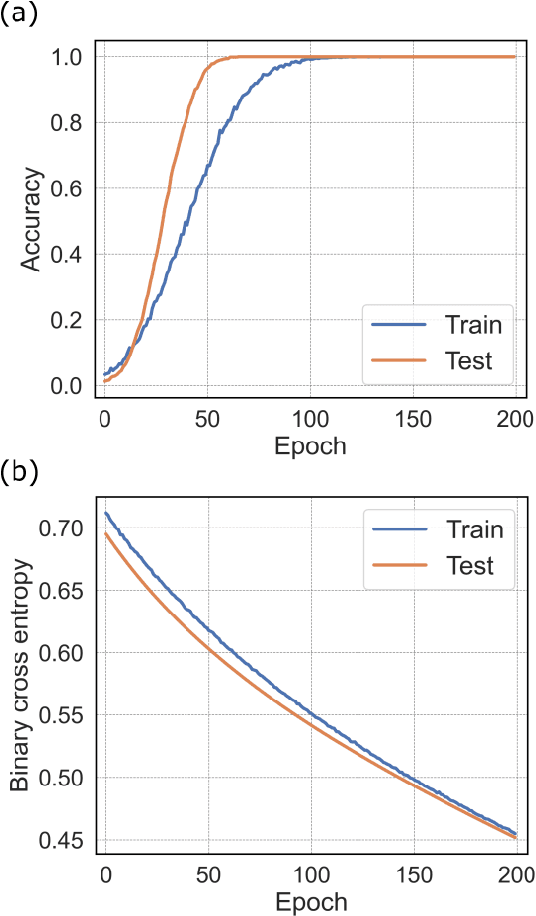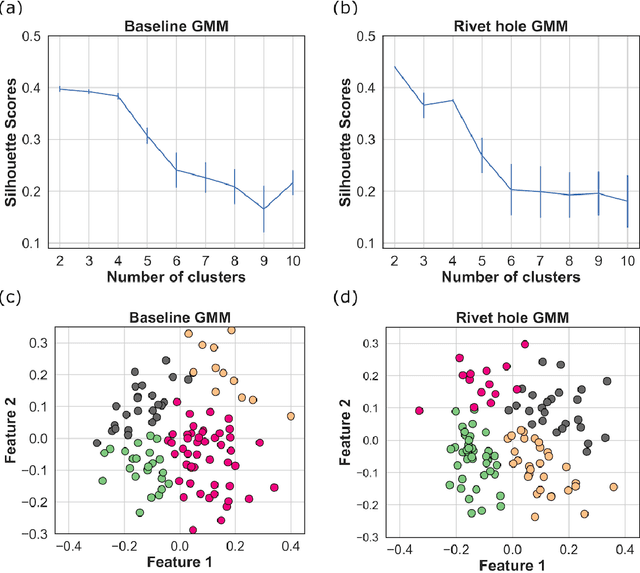Shruti Sawant
Classification of Various Types of Damages in Honeycomb Composite Sandwich Structures using Guided Wave Structural Health Monitoring
Nov 07, 2023Abstract:Classification of damages in honeycomb composite sandwich structure (HCSS) is important to decide remedial actions. However, previous studies have only detected damages using deviations of monitoring signal from healthy (baseline) using a guided wave (GW) based structural health monitoring system. Classification between various types of damages has not been reported for challenging cases. We show that using careful feature engineering and machine learning it is possible to classify between various types of damages such as core crush (CC), high density core (HDC), lost film adhesive (LFA) and teflon release film (TRF). We believe that we are the first to report numerical models for four types of damages in HCSS, which is followed up with experimental validation. We found that two out of four damages affect the GW signal in a particularly similar manner. We extracted and evaluated multiple features from time as well as frequency domains, and also experimented with features relative to as baseline as well as those that were baseline-free. Using Pearson's correlation coefficient based filtering, redundant features were eliminated. Finally, using an optimal feature set determined using feature elimination, high accuracy was achieved with a random forest classifier on held-out signals. For evaluating performance of the proposed method for different damage sizes, we used simulated data obtained from extensive parametric studies and got an accuracy of 77.89%. Interpretability studies to determine importance of various features showed that features computed using the baseline signal prove more effective as compared to baseline-free features.
Environmental variation compensated damage classification and localization in ultrasonic guided wave SHM using self-learnt features and Gaussian mixture models
Nov 11, 2021



Abstract:Conventional damage localization algorithms used in ultrasonic guided wave-based structural health monitoring (GW-SHM) rely on physics-defined features of GW signals. In addition to requiring domain knowledge of the interaction of various GW modes with various types of damages, they also suffer from errors due to variations in environmental and operating conditions (EOCs) in practical use cases. While several machine learning tools have been reported for EOC compensation, they need to be custom-designed for each combination of damage and structure due to their dependence on physics-defined feature extraction. In this work, we propose a CNN-based automated feature extraction framework coupled with Gaussian mixture model (GMM) based EOC compensation and damage classification and localization method. Features learnt by the CNNs are used for damage classification and localization of damage by modeling the probability distribution of the features using GMMs. The Kullback-Leibler (KL) divergence of these GMMs with respect to corresponding baseline GMMs are used as signal difference coefficients (SDCs) to compute damage indices (DIs) along various GW sensor paths, and thus for damage localization. The efficacy of the proposed method is demonstrated using FE generated GW-data for an aluminum plate with a network of six lead zirconate titanate (PZT) sensors, for three different types of damages (rivet hole, added mass, notch) at various temperatures, with added white noise and pink noise to incorporate errors due to EOCs. We also present experimental validation of the method through characterization of notch damage in an aluminum panel under varying and non-uniform temperature profiles, using a portable custom-designed field programmable gate array (FPGA) based signal transduction and data acquisition system.
 Add to Chrome
Add to Chrome Add to Firefox
Add to Firefox Add to Edge
Add to Edge